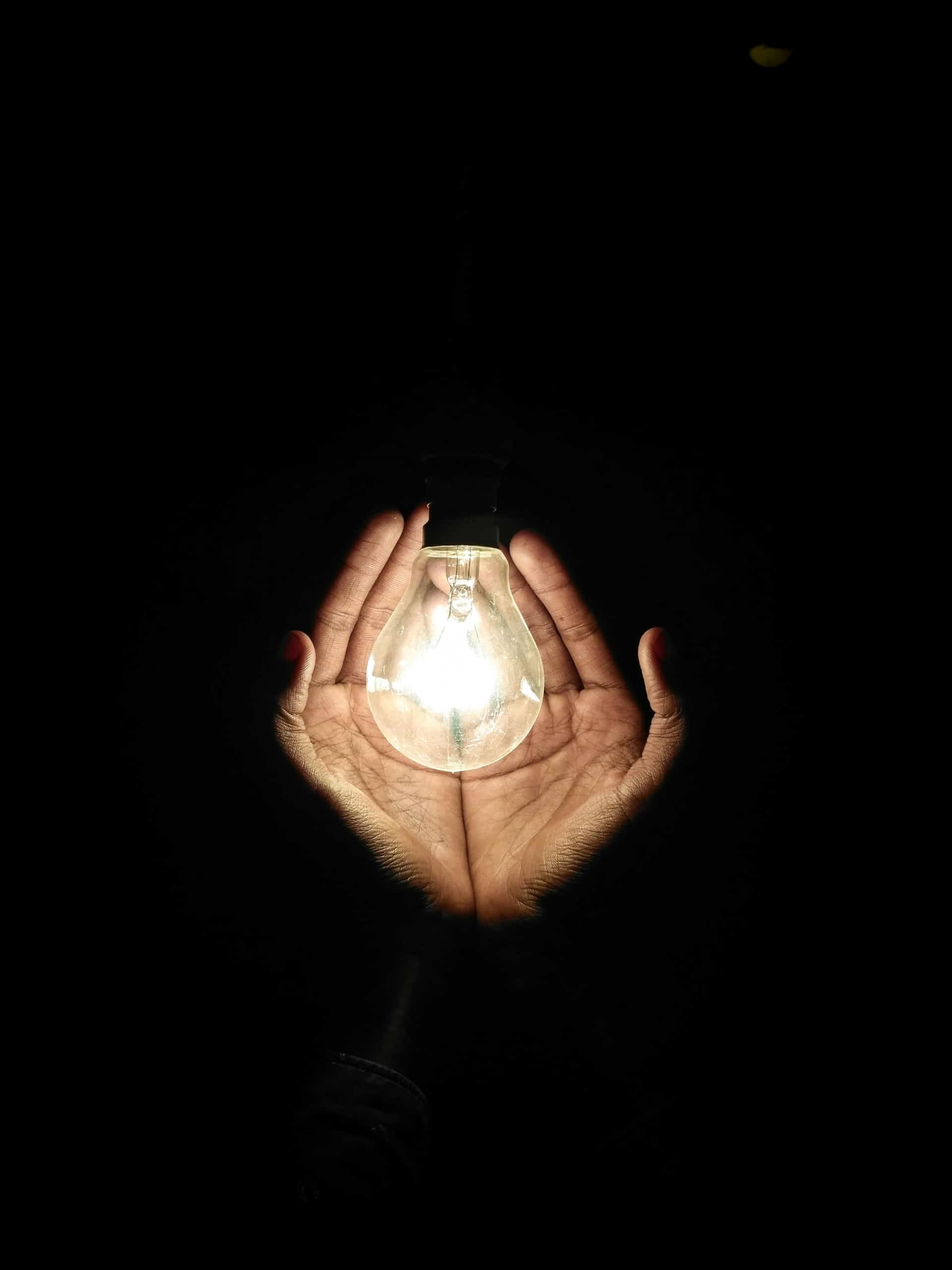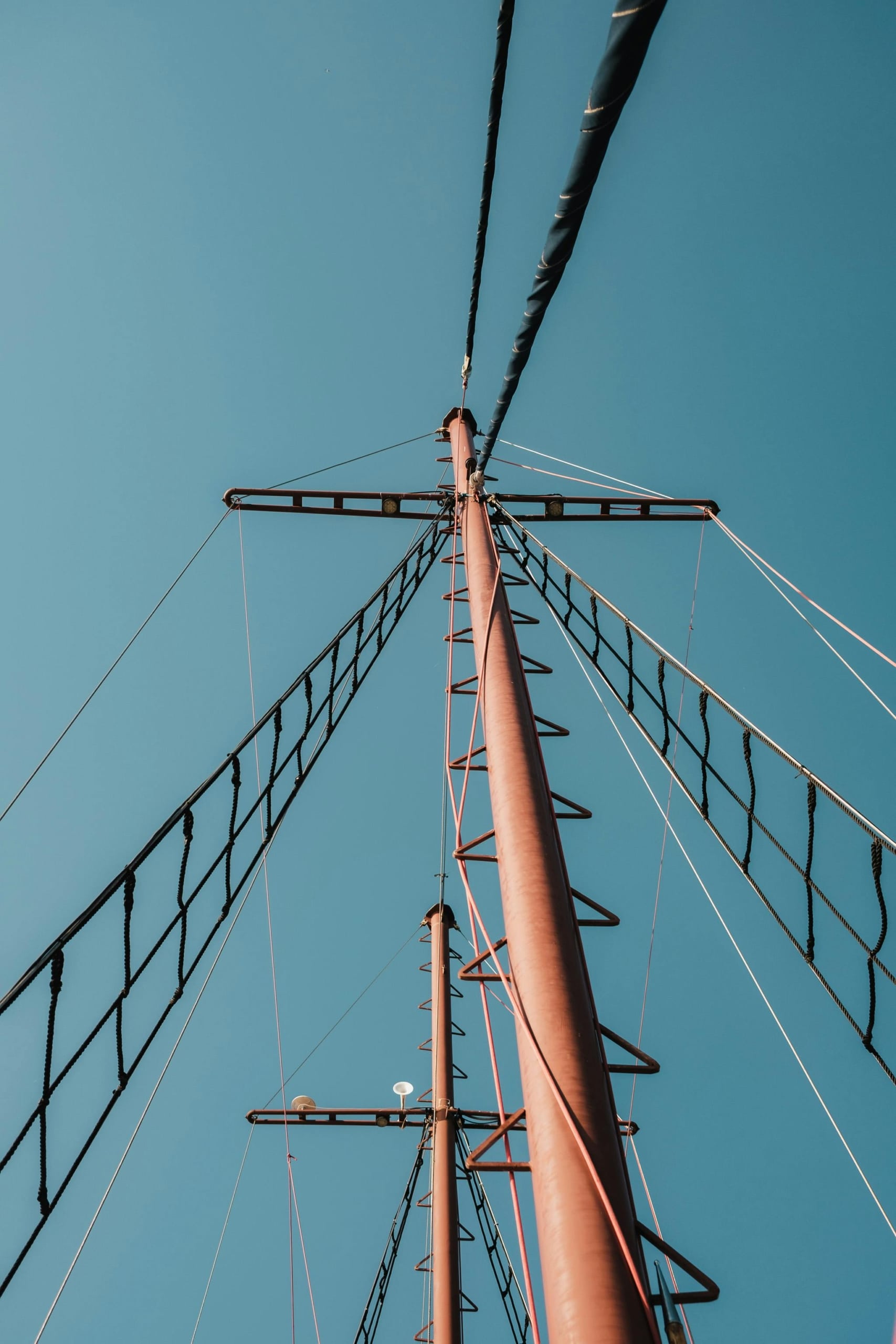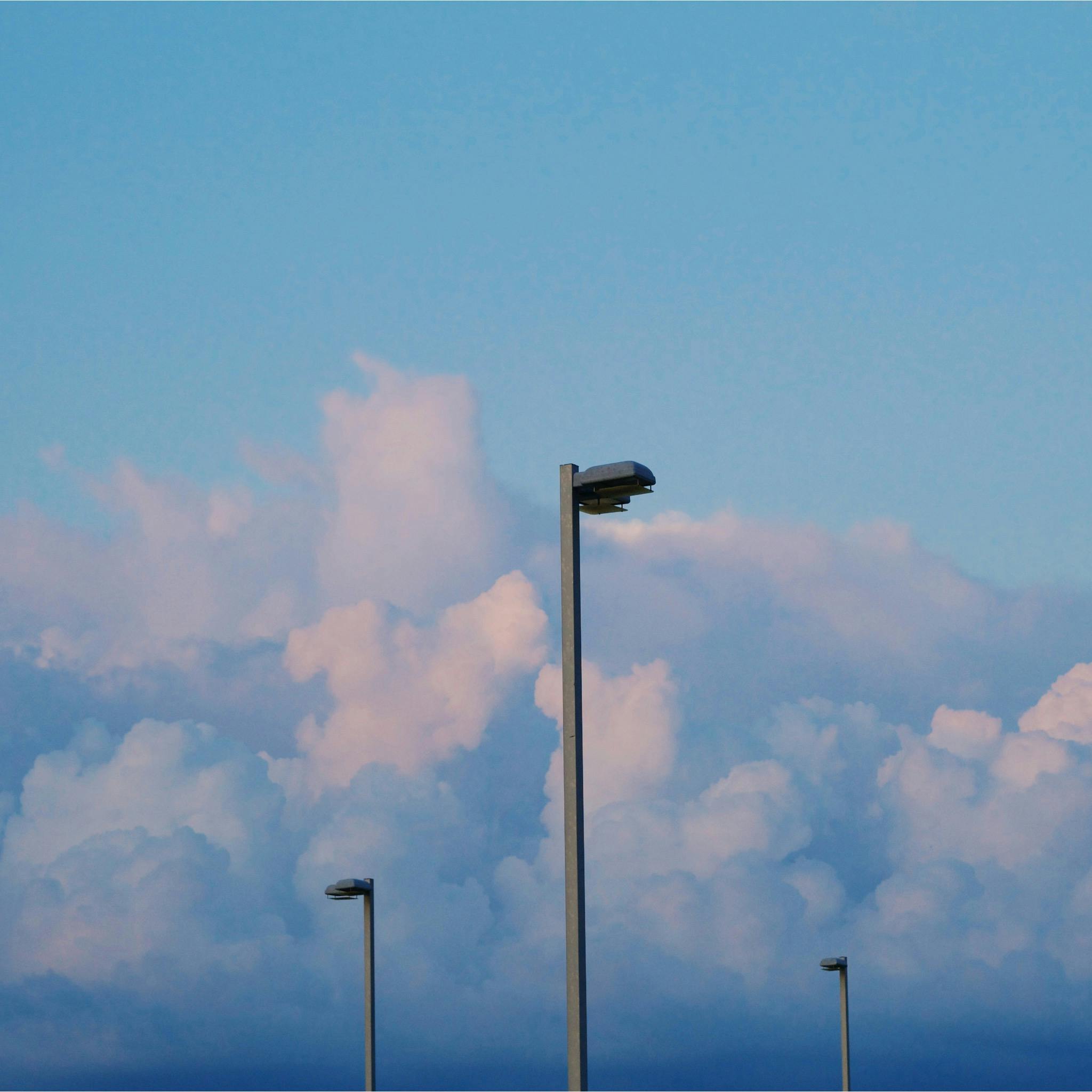What are the Best Electricity Plans in Irving, Texas
Navigating the vast world of electricity providers can be overwhelming, especially in a bustling city like Irving, Texas. The key to unlocking savings and securing a plan that aligns with your needs lies in understanding what are the best electricity plans available in your area. In this comprehensive guide, we'll delve into the intricacies of [...]









